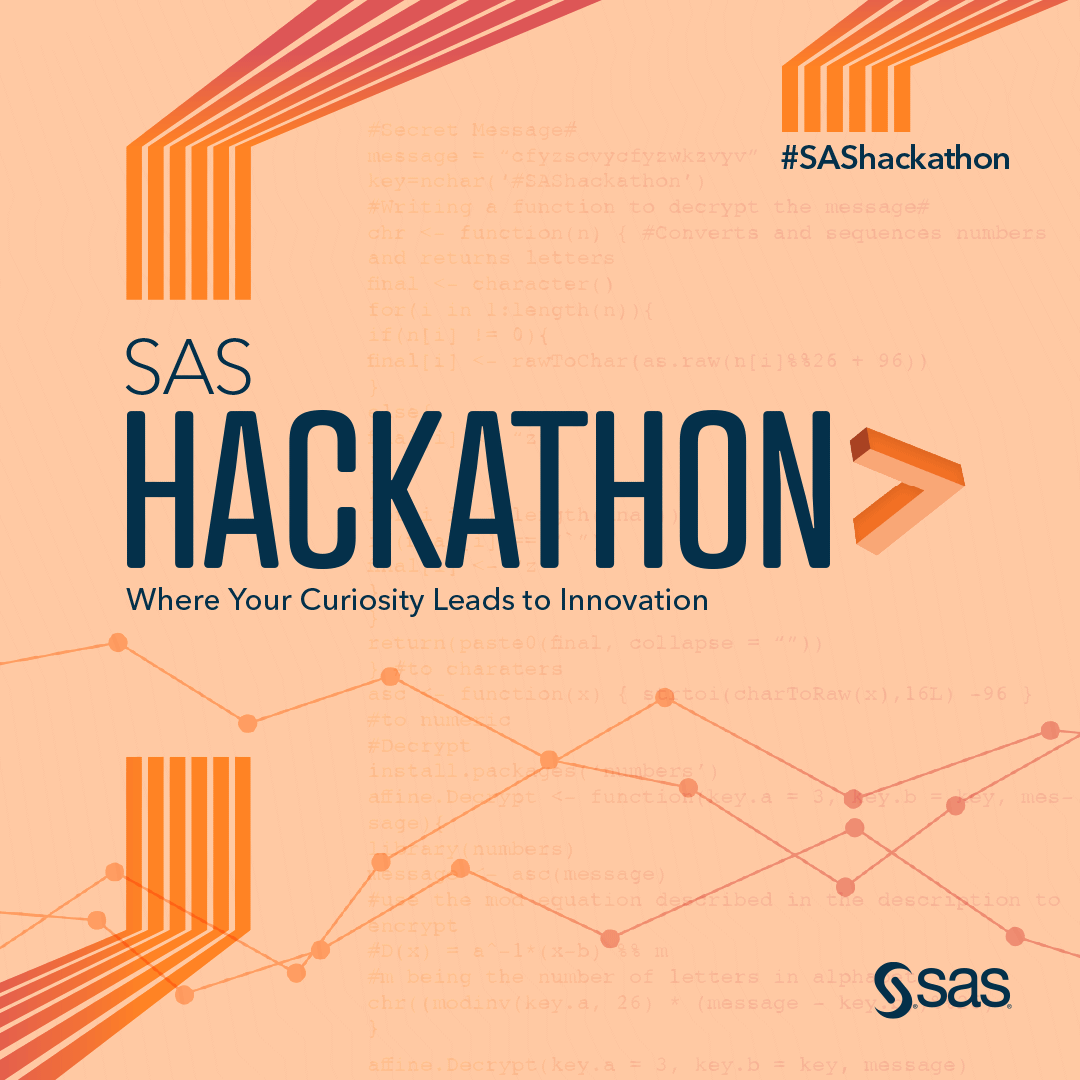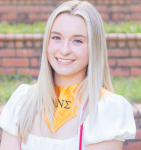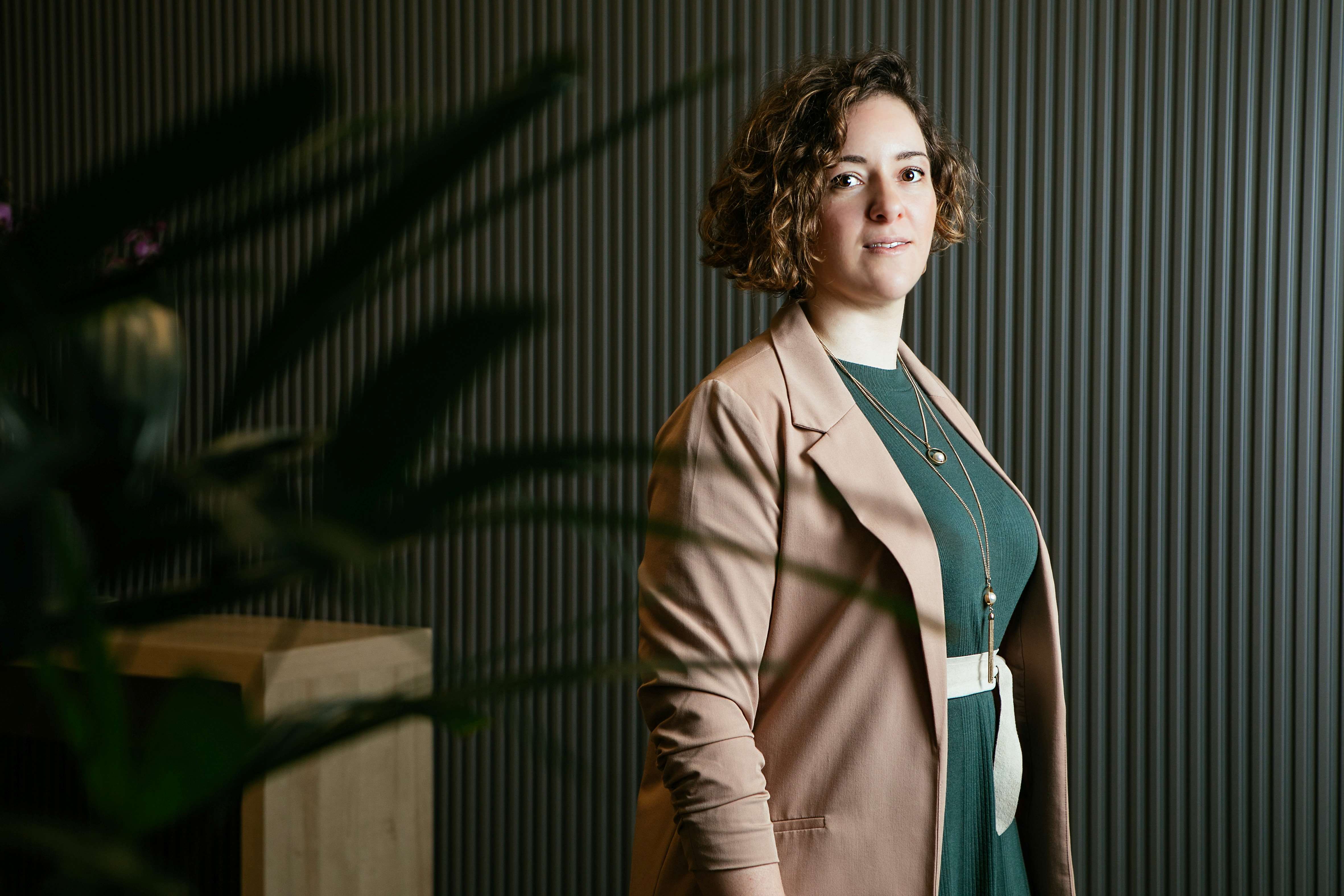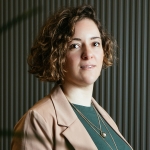In the United States, an older adult falls every second of every day. Falls are the leading cause of injury and injury-related deaths among those 65-years-old or older.
A fall-related injury also leads to the deaths of 32,000 older adults every year and sends three million older adults to an emergency room. One in five of the latter falls is a severe injury, such as a broken bone or a brain injury.
These falls often result from a loss of balance. Loss of balance can occur for a variety of reasons: an injury to the brain or spinal cord, ear infections, medications, or neurological disorders to name a few.
How can technology detect these changes in balance and help prevent falls? The Red Hot Chili Steppers, data scientists from Pinnacle Solutions, Ontario Tech University and autonomous_ID investigated this health concern with the goal of creating an objectively assessed patient risk score for losing balance and falling.
"While the Berg Balance Scale is a valid, efficient measure of postural balance, there is an opportunity to enhance this process by making it more streamlined, more objective with measurable data, and expand upon the interpretation of long-term historical testing."
- DJ Penix, Team Lead, Red Hot Chili Steppers
A simple web camera, a smart wearable IoT device, and SAS® Viya® made it possible to determine a risk score for falling to assist in the early determination of diseases and progression of underlying health conditions.
By using BIO_SOLE by autonomous_ID, continuous sensor data can be collected by shoe insoles. Like a fingerprint, the BIO_SOLE insole can record a person’s unique way of standing, walking, running, or gait and create a unique signature to their identity. By using pressure sensors, accelerometers, gyroscopes, and circuitry, BIO_SOLE tracks every movement, which can be influenced by body position, weight, injury or disease.

The team used OpenPose, a real-time multi-person system to jointly detect human body, hand, facial and foot key-points on single images or in real-time video. Developed using Python code, SAS Viya can easily integrate with this code.
The data science team built models, using SAS Viya, to analyze the patients’ movements in real-time by incorporating the data from the various body points and the center of mass while an individual was performing a few poses, such as picking objects off the floor, turning in circles and even standing still with closed eyes. Types of models included decision trees, gradient boosting, and random forest. The results of the assessment yielded an overall score that determined each patient’s risk of falling or losing balance.
SAS models were trained to understand the perfect behavior of a patient creating a digital twin that can be used to establish baselines for other patients or even for the same patient, so progress can be monitored and evaluated.
In conclusion, the application of IoT devices and artificial intelligence in health care presents numerous opportunities in use cases like training, research, end-of-life care, treatment, keeping well, early detection, diagnosis and decision-making.







